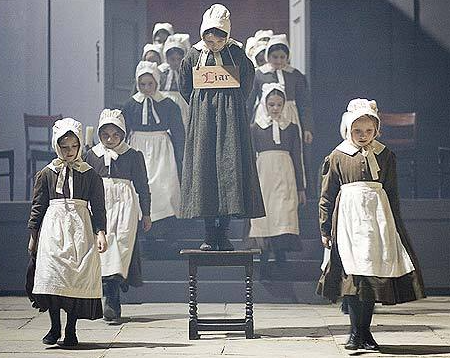Title: The Role of Class in Jane Eyre
Introduction
The theme of class in Charlotte Brontë’s *Jane Eyre* is not just a backdrop; it is a driving force in the narrative that shapes the characters and their relationships. Understanding the role of class provides valuable insights into the social dynamics of the 19th-century British society and how these issues resonate even today.
The Influence of Social Class on Identity
In *Jane Eyre*, class significantly influences the protagonist’s sense of self-worth and belonging. Growing up as an orphaned child in the hands of the cruel Reed family, Jane struggles to find her place in a world that devalues her status. As she moves from Gateshead Hall to Lowood School and eventually Thornfield Hall, her experiences reflect the rigid class divisions of her time. Moreover, Brontë uses Jane’s journey to challenge the notion that one’s social class defines their capabilities or worth. By excelling academically and emotionally, Jane embodies resilience against the constraints imposed by her lower social status.
Class as a Barrier to Love
The relationships in *Jane Eyre* poignantly illustrate how class can serve as a barrier to love and connection. The profound bond between Jane and Mr. Rochester is tested repeatedly by societal expectations. Despite their deep emotional and intellectual compatibility, their differing social statuses pose significant obstacles to their union. Rochester’s initial reluctance to pursue a relationship with Jane due to her inferior position reveals the harsh realities of social stratification. Brontë illustrates how such barriers can stifle genuine relationships, reflecting the broader societal norms of love and marriage in her time.
The Evolving Landscape of Class
As *Jane Eyre* progresses, the narrative also reflects changes in the social class structure of Victorian England. The rise of the industrial middle class begins to challenge the traditional aristocracy represented by characters like Mr. Rochester. Jane’s eventual inheritance and rise in social status signify a shift towards greater social mobility. Brontë suggests that love and personal worth can transcend class boundaries, offering a hopeful perspective on the evolving nature of class distinctions.
Conclusion
The exploration of class in *Jane Eyre* enriches our understanding of the characters and the societal norms of their time. By examining how class shapes identity, relationships, and social dynamics, we gain insights that remain relevant today. Delve deeper into Brontë’s world, and discover how these themes continue to resonate in modern literature and society.
